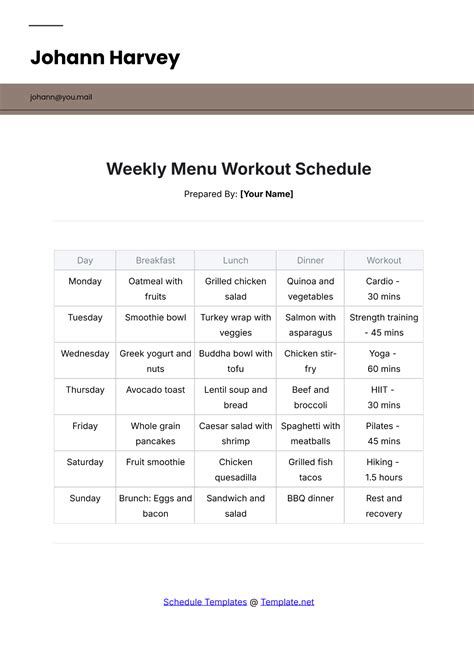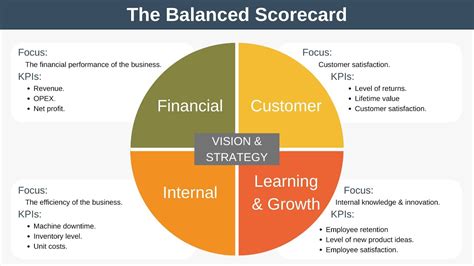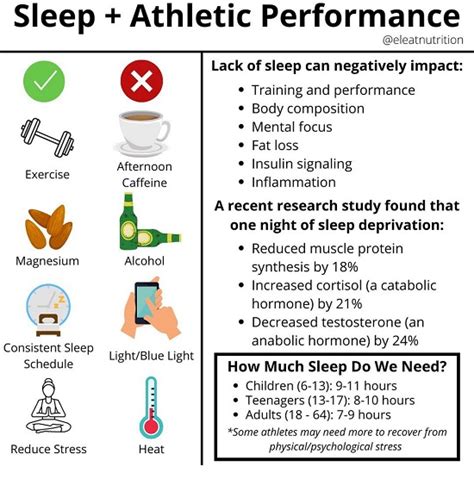What’s the most time-efficient fitness routine for busy men seeking peak performance?

In today’s fast-paced world, many ambitious men find themselves juggling demanding careers, family responsibilities, and a relentless pursuit of personal growth. The idea of dedicating hours to the gym often feels like an impossible luxury. Yet, maintaining peak physical and mental performance is crucial for success in all aspects of life. The good news? You don’t need endless hours to build strength, improve cardiovascular health, and boost overall well-being. The key lies in strategic, high-impact training.
The Core Principles of Time-Efficient Peak Performance
Achieving significant fitness gains in limited time requires a smart approach. Forget long, drawn-out sessions; the focus shifts to intensity, compound movements, and consistency. Here are the foundational principles:
- Compound Movements: Exercises that work multiple muscle groups simultaneously (e.g., squats, deadlifts, presses) deliver maximum bang for your buck.
- High-Intensity Interval Training (HIIT): Short bursts of intense effort followed by brief recovery periods are incredibly effective for cardiovascular fitness and fat loss.
- Consistency Over Volume: Shorter, regular workouts are more effective than sporadic marathon sessions.
- Prioritize Recovery and Nutrition: Training is only part of the equation; proper fuel and rest are non-negotiable for progress.

Building Your Power-Packed Routine: The Components
A truly effective routine for busy men integrates several key elements into a concise weekly schedule.
1. Strength Training (30-45 minutes, 2-3 times/week)
Focus on full-body workouts built around fundamental compound lifts. This maximizes muscle recruitment, hormone response, and calorie burn. Think supersets (performing two exercises back-to-back with minimal rest) or circuit training to keep the heart rate up and reduce overall workout time.
- Workout A: Squats, Bench Press, Barbell Rows, Plank
- Workout B: Deadlifts (or Romanian Deadlifts), Overhead Press, Pull-ups (or Lat Pulldowns), Lunges

2. High-Intensity Interval Training (HIIT) (15-20 minutes, 1-2 times/week)
HIIT is a game-changer for cardiovascular health and endurance, delivering results comparable to longer steady-state cardio in a fraction of the time. Choose exercises that get your heart rate up quickly and safely.
- Examples: Sprint intervals (on a track, treadmill, or bike), burpees, mountain climbers, jumping jacks, battle ropes.
- Structure: 30-60 seconds of maximal effort, followed by 30-90 seconds of active recovery. Repeat for 8-12 rounds.

3. Functional Fitness & Mobility (10-15 minutes, daily or most days)
Often overlooked, mobility and functional movement are crucial for injury prevention, improved range of motion, and enhanced performance in your main lifts. Incorporate dynamic stretches, foam rolling, or a short yoga flow into your warm-ups, cool-downs, or even short breaks throughout your day.
Sample Weekly Schedule for Peak Performance
Here’s how you might structure a week to hit all key areas efficiently:
- Monday: Full-Body Strength A (30-45 min) + 5-10 min mobility
- Tuesday: HIIT Session (15-20 min) + 5-10 min mobility/recovery
- Wednesday: Full-Body Strength B (30-45 min) + 5-10 min mobility
- Thursday: Active Recovery (e.g., brisk walk, light cycle) or extended mobility (20-30 min)
- Friday: Full-Body Strength A or B (alternate from Monday/Wednesday) (30-45 min) + 5-10 min mobility
- Saturday: Optional Longer Activity (e.g., hike, sport) or another HIIT session (15-20 min)
- Sunday: Rest & Full Recovery

Beyond the Gym: Fueling Your Performance
A time-efficient routine won’t yield peak performance without complementary lifestyle choices.
- Nutrition: Prioritize whole, unprocessed foods. Ensure adequate protein intake for muscle repair and growth, complex carbohydrates for energy, and healthy fats for hormone production. Hydrate consistently throughout the day.
- Sleep: Aim for 7-9 hours of quality sleep per night. This is where muscle repair, hormone regulation, and cognitive function are optimized.
- Stress Management: Chronic stress can derail even the best fitness efforts. Incorporate mindfulness, meditation, or short relaxation techniques into your daily routine.

Making It Stick: Consistency and Adaptation
The most effective routine is the one you can stick to. Start where you are, gradually increase intensity, and listen to your body. Track your progress to stay motivated and make informed adjustments. Life will inevitably throw curveballs, but even a 15-minute quick workout is better than skipping entirely.
By focusing on high-impact, compound movements, integrating intense bursts of cardio, and prioritizing essential recovery, busy men can forge a fitness routine that not only fits their demanding schedules but also propels them towards peak performance in every facet of life.








